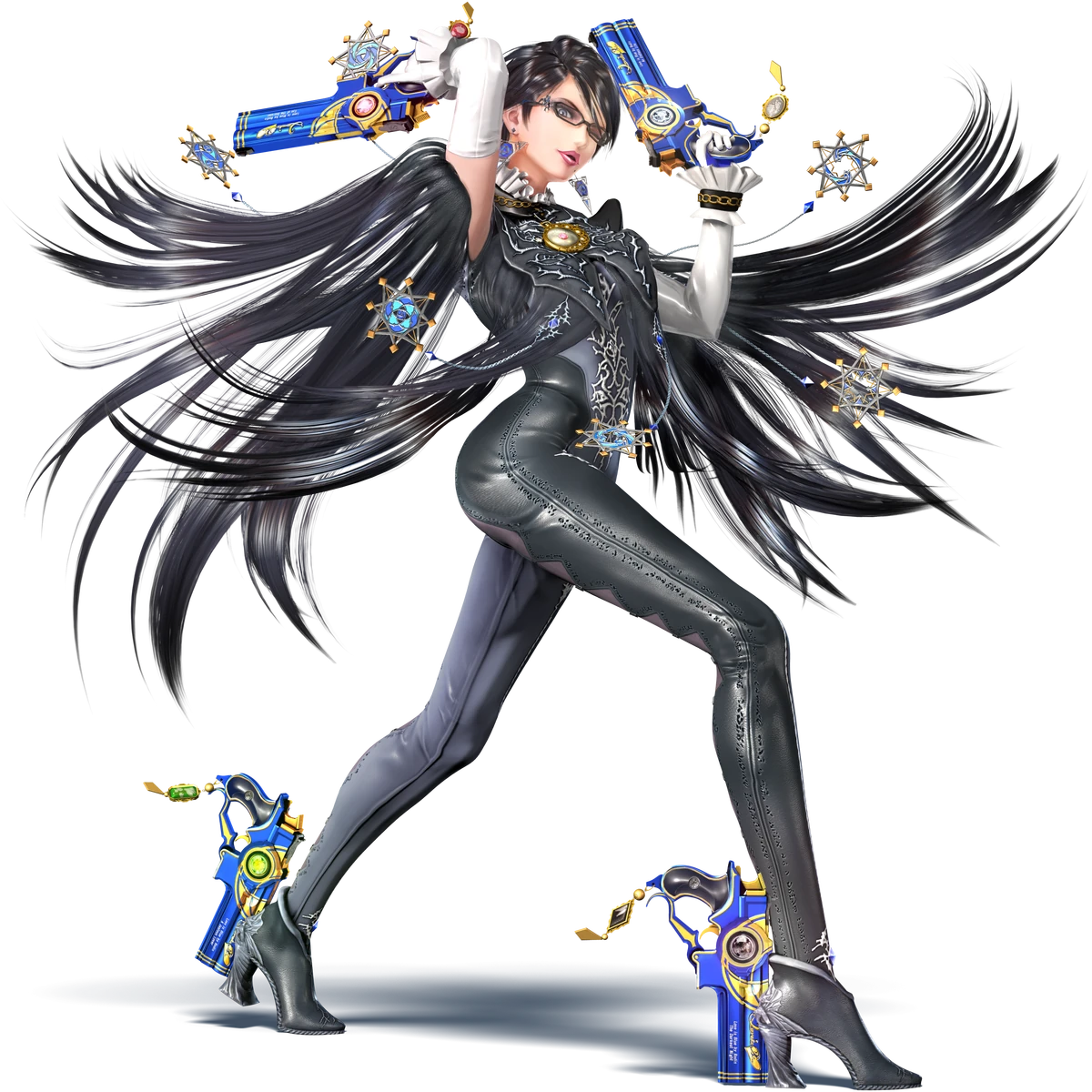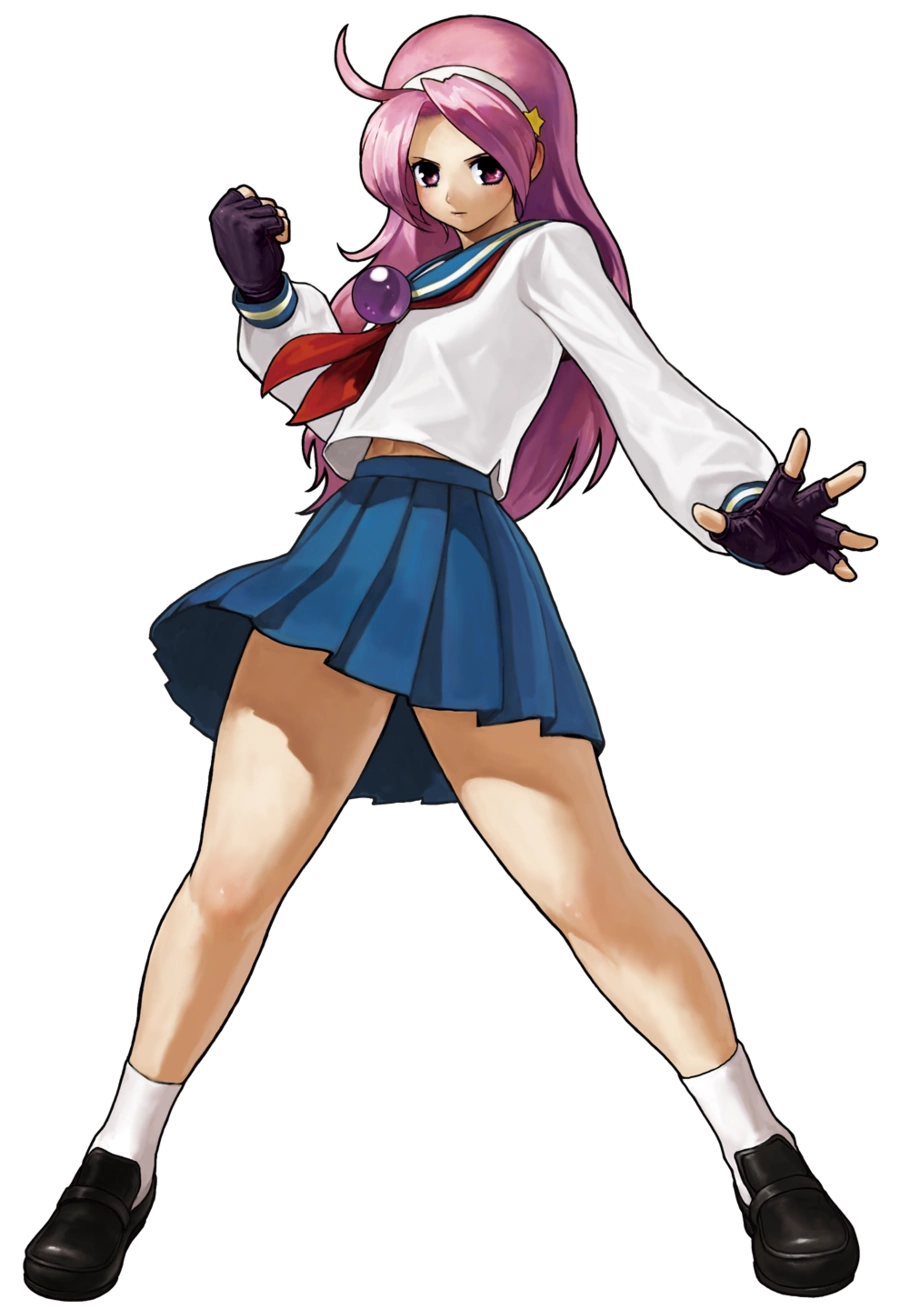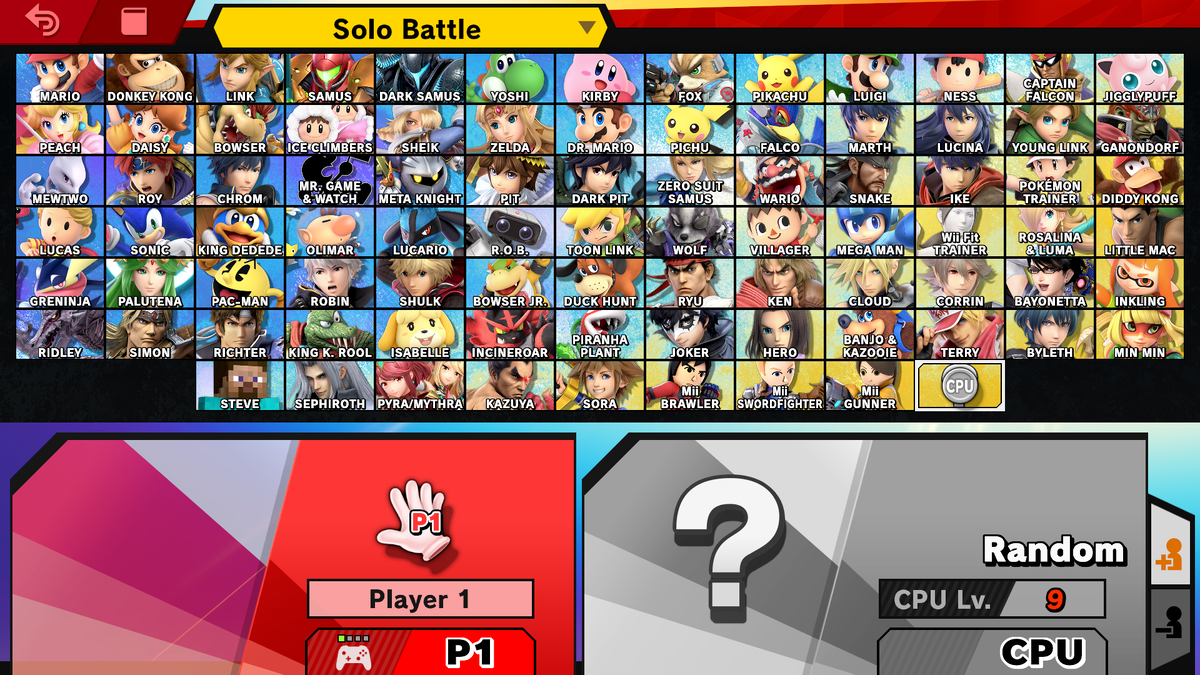For this week’s critical play, I explored Super Smash Bros. Ultimate, a fighting game available on the Nintendo Switch. The game features characters from various video games, creating a diverse roster of fighters that players can choose from to engage in battles. Each character possesses unique abilities and skills, contributing to a variety of combat strategies. I examined this game through a feminist perspective by playing as female characters, analyzing their portrayals within the game, and comparing their gameplay experience to that of male characters.
What does it mean to play that game as a feminist?
Playing Super Smash Bros. Ultimate as a feminist involves critically examining the representation and treatment of female characters within the game. This includes assessing whether female characters are portrayed with equal strength and capabilities as male characters, as well as evaluating whether their designs and narratives reinforce or challenge traditional gender stereotypes. It means playing with an awareness of how the game’s design choices reflect broader societal attitudes towards gender and actively seeking to understand the impact of these choices on players’ perceptions of gender roles.
What critiques do you have of the game?
Despite some positive aspects, Super Smash Bros. Ultimate has significant shortcomings from a feminist perspective:
- Gender Imbalance: The game’s roster is predominantly male, with around 40+ male characters compared to only 10+ female characters. This disparity perpetuates the idea that gaming is a male-dominated space and marginalizes female players.
- Sexualization of Female Characters: Many female characters are overly sexualized, with exaggerated body proportions and revealing outfits. This design choice caters to a male audience and objectifies women rather than providing genuine representation.
- Reinforcement of Stereotypes: The portrayal of female characters often reinforces unrealistic and narrow standards of beauty, which can be damaging to perceptions of women’s roles and appearances in gaming.

How does it intertwine feminist theories (or other theories mentioned in the book), or fail to do so?
Super Smash Bros. Ultimate partially incorporates feminist theories by including strong and capable female characters, such as Daisy, Athena, and Lyra. These characters are not inherently weaker than their male counterparts, and their effectiveness in battle is determined by their unique abilities rather than their gender.
However, the game fails to fully embrace feminist theories in several ways:
- Lack of Equal Representation: The significant gender imbalance in the roster does not reflect the feminist principle of equal representation. This imbalance suggests that the game is still catering primarily to a male audience.
- Hypersexualization: The sexualized portrayal of female characters contradicts feminist theories that advocate for the respectful and realistic representation of women. These portrayals reinforce harmful stereotypes and objectify female characters.
- Marketing and Audience Assumptions: The game’s marketing strategies often target a male audience, perpetuating the stereotype that gaming is primarily for men and neglecting the potential interests of female players.

If it fails to do so, discuss how utilizing feminist perspectives could improve the game.
Incorporating feminist perspectives more thoroughly could significantly improve Super Smash Bros. Ultimate:
- Increase Female Representation: A balanced roster with an equal number of male and female characters would challenge the perception of gaming as a male-dominated space. This change would provide better representation for female players and promote diversity in gameplay experiences.
- Redesign Character Visuals: Reducing the hypersexualization of female characters and presenting them in a more realistic and respectful manner would foster a healthier portrayal of women. Characters can maintain their uniqueness and strengths without relying on sexualized imagery.
- Promote Inclusivity in Marketing: Shifting marketing strategies to appeal to a broader audience, including women, would help dismantle the stereotype that gaming is primarily for men. Highlighting female characters and their strengths in promotional materials could attract more female players and create a more welcoming environment. As well, the game’s name is inherently male pri
- Encourage Female Participation in Development: Increasing the involvement of women in game development would bring more inclusive and diverse perspectives to the design process. Encouraging female leadership in gaming companies could drive innovation and inclusivity in game development.

Conclusion
Super Smash Bros. Ultimate is an entertaining and engaging game that has made progress in portraying female characters as strong and capable fighters. However, it still falls short in providing equal representation and often relies on sexualized portrayals of women. By more thoroughly incorporating feminist perspectives, the game can become more inclusive and provide a better experience for players, challenging traditional gender norms and promoting equality in the gaming world.




